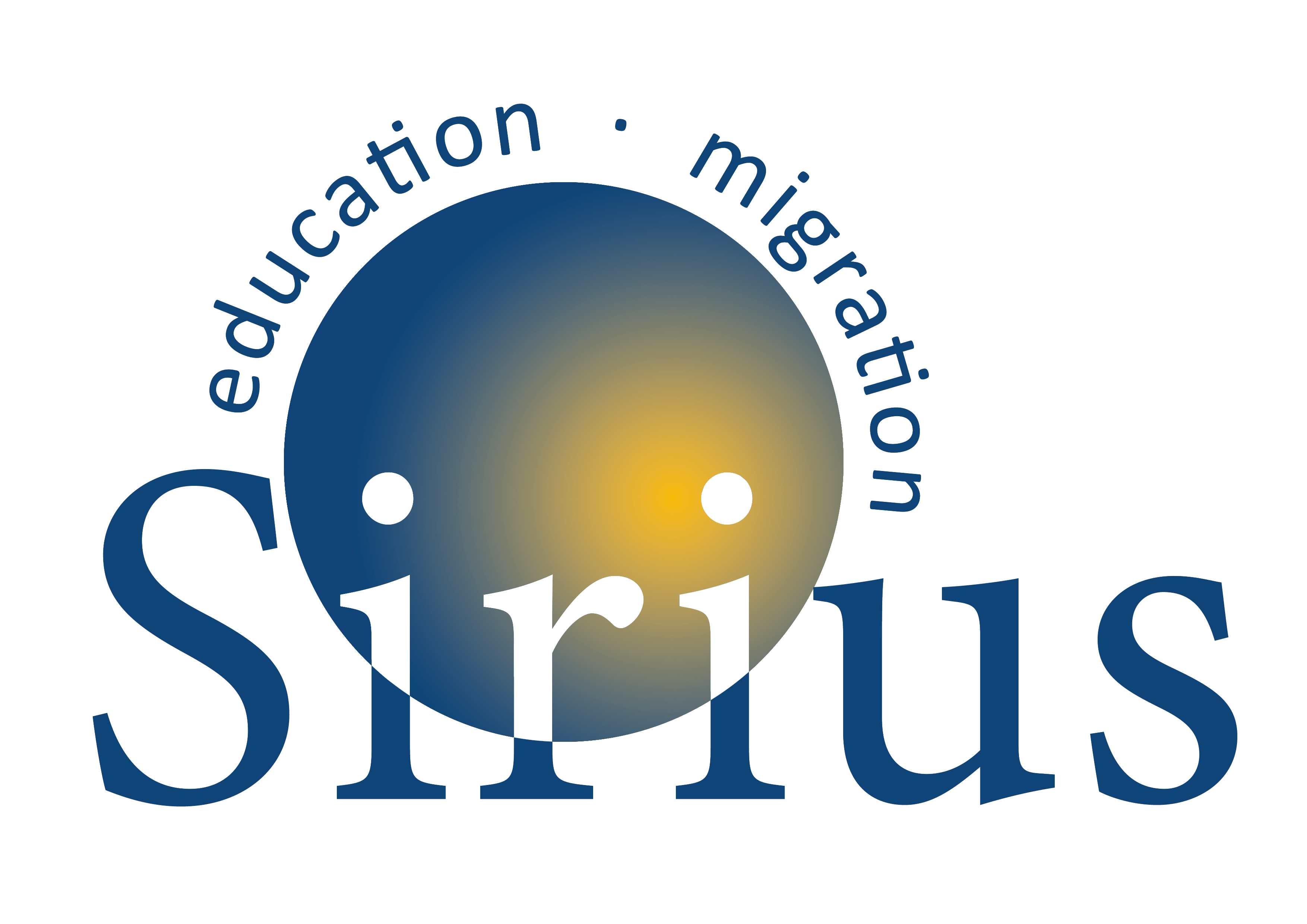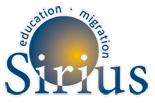Country brief
Country name: Lithuania
Please estimate the number of children in school (age 3-19) in your country:
325 667 (school year of 2019-2020) (Statistics Lithuania, 2020)
Please estimate the number of school drop-outs in your country in the school year 2019/2020:
4 % (Eurostat database)
Please estimate the average number of school drop-outs per year in the 5 school years previous to school year 2019/2020?
2015 – 5.5 %; 2016 – 4.8 %; 2017 – 5.4 %; 2018 – 4.6 %; 2019 – 4.0 % (Eurostat database)
Average: 4.86 %
Did National exams or evaluation methods take place in academic year 2019/2020? And if so, for which levels?
Only some (please name) – the compulsory ‘verification of basic education achievements’ (Lit. PUPP) exams for those finishing the 10th grade (finishing lower secondary level) were cancelled. The exams for students finishing upper secondary schools (Lit. Brandos egzaminai) were pushed two weeks further into the summer but held as usual.
If national exams or evaluation methods did not take place, what is the replacement solution?
Those finishing lower secondary education were offered to take the PUPP exam (of Lithuanian language and mathematics) remotely and independently and self-assess their achievements. Certificates for finishing the lower secondary education were issued taking into account the annual grades only (and not PUPP exams).
If schools resumed before the summer of 2020, were any particular year groups or other groups identified to have more contact, if so which?
The government, from May 25, allowed primary education and educational support for pupils, as well as school counseling for upper secondary school students to prepare for exams, and the education of pupils in special schools for pupils with special educational needs due to congenital or acquired disorders, and in special (educational) classes of general education schools; and to provide educational assistance to students in accordance with the primary education program; also, to provide vocational training which cannot be pursued at a distance or if it is pursued on an individual basis.
From May 30, the government allowed: both lower and upper secondary level of education and educational support for pupils in schools; to provide counseling (both individual and in groups) and assistance to pupils who did not have suitable conditions for distance learning in secondary level education; also to carry out non-formal adult education, if due to the programme specifics, it is not possible to carry out using distance/digital means.
The decisions were left in the hands of the school heads who were able to choose not to allow children come back to schools and continue with the distance methods only. Some of the major municipalities (e.g. in Vilnius and Klaipėda) however recommended the schools to continue with the distance method of learning and only carry out face-to-face consultations in small groups, if necessary.
When school resumed in the Autumn of 2020, were any particular year groups or other groups identified to have more contact, if so which?
Starting in September, children came back to regular classes, although numerous safety recommendations apply. Among various changes in terms of going to the school canteen, organising transport for students as well as regular cleaning and disinfection of school premises and the use of masks. Some schools, including those which had cases of Covid-19, applied blended methods of learning.
After the annual Autumn break (October 26 – November 3), children in lower and upper secondary education levels as well as in initial VET training resumed their learning using the distance methods. This decision does not apply to children in pre-school, pre-primary and primary education and to children with special educational needs, unless with the recommendation of National Public Health Center the municipality itself decides otherwise (i.e. to organise only distance learning).
Access to education
What were the primary modes of learning implemented during the Covid-19 School closures?
Online
Pick-up/Send paper materials
TV
Were the above measures put into place at a policy (national or regional level) or by schools and teachers?
Policy (national or regional) level
By schools and teachers
Please estimate Number or percentage of children in school (age 3-19) with access to:
high-speed internet – 81.8 % (of all households in Lithuania have broadband internet access). No specific data for children at home
basic internet – 82.1 % (of all households in Lithuania). No specific data for children at home
TV – According to local market research company TNS LT, only 3 % of all households in Lithuania do not have the access to TV in their homes (2016 data). No specific data for children at home
Radio – N/A
Computer, tablet or smart phone they could use during the day – 76.7 % of all households in Lithuania have at least one computer; 77.5 % (16-74-year-olds) have a smartphone (this percent reaches 98.3 % among 16-29 year-olds). No specific data for children at home
What translation/interpretation resources/services are/were made available online for students and families from regional or national level?
During the first wave in Spring, the Ministry of Education, Science and Sport (MoESS) issued Recommendations for remote organization of educational process No. V-372 (2020) noting that while assessing their preparedness to shift to distance teaching and learning, schools must take into account whether every student has the means to access chosen digital platforms and tools and note pupil’s socioeconomic status. For pupils who come from socially vulnerable families that do not have the means to ensure access to distance learning platforms, the Recommendations advised schools to provide access to use school computers, tablets or mobile phones at home or purchase additional ones while also ensuring the internet connection.
In April, National Agency for Education created a distance learning platform1 where all relevant information is posted and updated ever-since. It includes various recommendations on how to make online learning process smooth; how to ensure emotional and general well-being for children and their families during the lockdown; how to avoid online bullying and etc. It also became a site for different kinds of trainings organised by NGOs, state institutions and universities mostly focused on distance learning, its tools, methods and good practices as well as ICT literacy. Importantly, many of such trainings are aimed at teachers, as the move to distance learning surfaced the issue of many teachers lacking necessary ICT skills and knowledge.
From the beginning of April, national broadcaster (LRT) also began to air daily ‘Interesting lessons live’ and ‘LRT lessons’. The latter is specifically aimed at pre-school and primary school pupils and is organised by MoESS together with the Ministry of Culture. As the Minister of MoESS noted, this project aims to strengthen and ensure successful, creative and interesting education for the minors and help parents who work from home during the lockdown.

